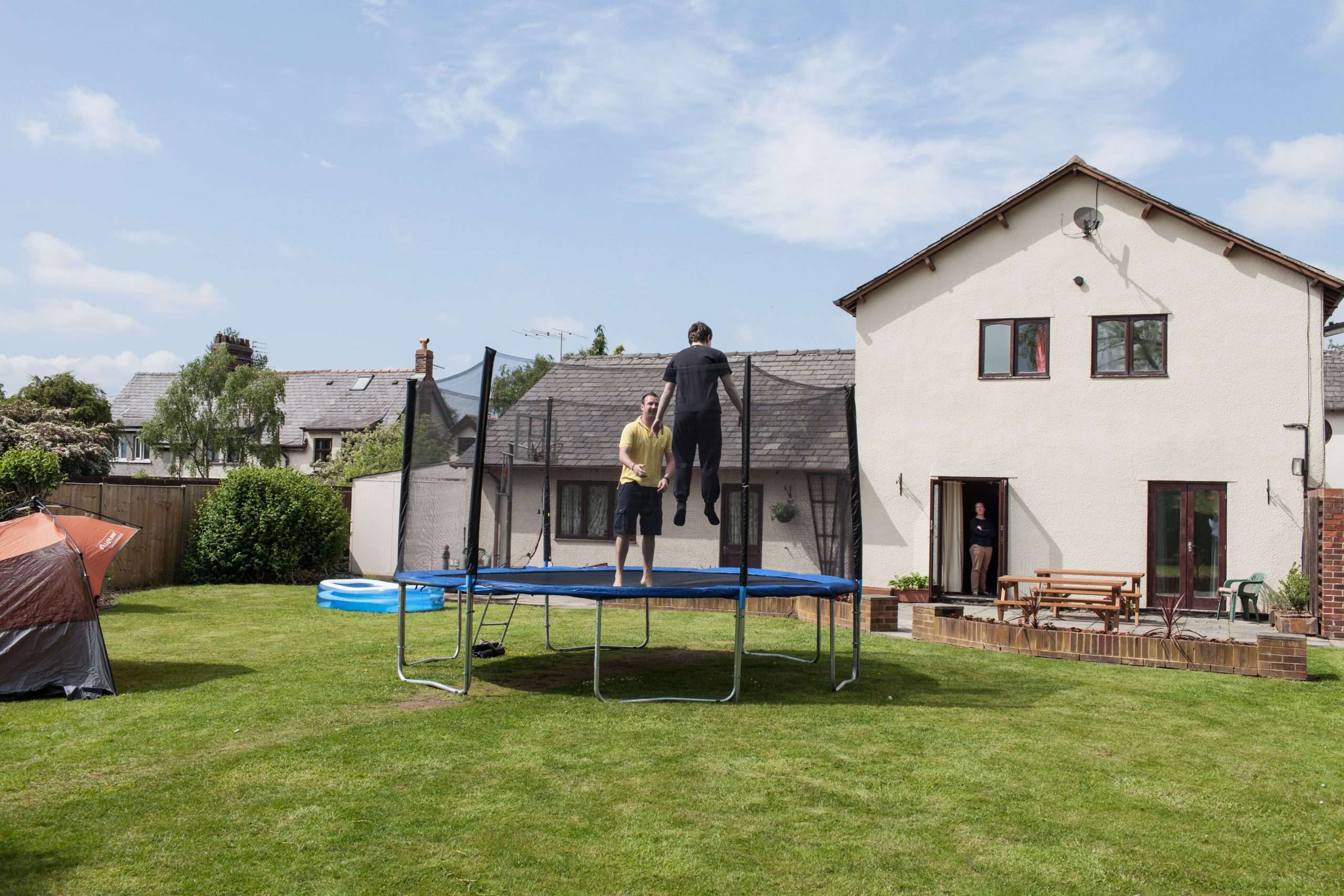Although every child’s experiences and needs with autism spectrum disorder are different, there are generally a few helpful things to remember when it comes to helping them (and you) cope with home life.
Structure and routines can reduce anxieties for individuals with Autism, but at a time when structure and routine is quickly changing, this can have a big effect on emotional and mental wellbeing. Changes such as not being able to go out, attend regular activities, or having regular support temporarily replaced, can be unsettling and may increase stress and anxiety. It’s important to consciously reduce the impact of these changes and establish new routines.
Proving a predictable and consistent structure to your child’s day is a great start. Continual changes in schedule are often one of the most common causes of distress when it comes to autism, so it’s important to ensure a structured routine, even if it’s as simple as setting aside an hour or two each day for learning, playing games – and of course a set bedtime routine.
Whilst establishing this new routine you may find visual supports, scheduling and sequencing a great way of communicating what’s happening to provide predictably and reduce anxieties. A great tool is using the ‘Now and Next’ principle and even better supporting this with a visual.
But alongside this, there are a few other pointers we can offer to help you and your child thrive.
- Reward good behaviour
It might seem like a pretty obvious point, but other than the usual praise and recognition when your child makes a positive development or behaves well, giving a visual sign or reward is a great way to keep your child engaged. For example, a sticker chart. The most important aspect is to be very clear and vocal about exactly what behaviour you are praising.
- Keep consistency
Aside from consistency in your child’s routine, behavioural consistency is an equally important factor of helping children with ASD develop and learn. For example, your child might struggle taking things that they learn in specialist education or therapy, and bringing them back to the home setting, simply because of the change in environment. That’s why it’s important to keep practicing the skills and behaviours learned in therapy or specialist education in the home, too.
- Create a ‘safety zone’ with clear boundaries
And when we say a ‘safety zone,’ we mean a clearly laid out, visual place which your child can recognise as a safe place to go and ‘time-out’ or relax if things are getting stressful. Even separating it with a physical barrier such as coloured tape or string can be a useful visual cue. Ensure that this safe space remains exactly that – let your child relax here, and perhaps include their favourite toys.
We hope these tips are helpful! If you have any questions or would like any further help, do feel free to get in touch with our friendly team – we’ll be happy to help! Equally, if you’d like more information on how our services are tailor-made to help you and your child thrive in exceptional circumstances, take a look at our website.







